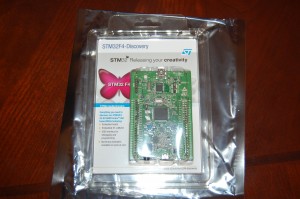About 2 years ago, I authored a five-part tutorial on setting up a free/open source toolchain with Eclipse and GCC to develop code on ST's line of STM32 microcontrollers. (Part 1, Part 2, Part 3, Part 4, Part 5, Followup) That series demonstrated how challenging it can be to properly set up these tools and get them configured for the microcontroller of your choice.
Since then, ST has really upped their game and has introduced two tools that really make the process of developing for the STM32 line of parts much, much easier. In fact, I'd go so far as to say my tutorial series has been made obsolete. Continue reading New(ish) Tools for STM32 Development – STM32Cube
